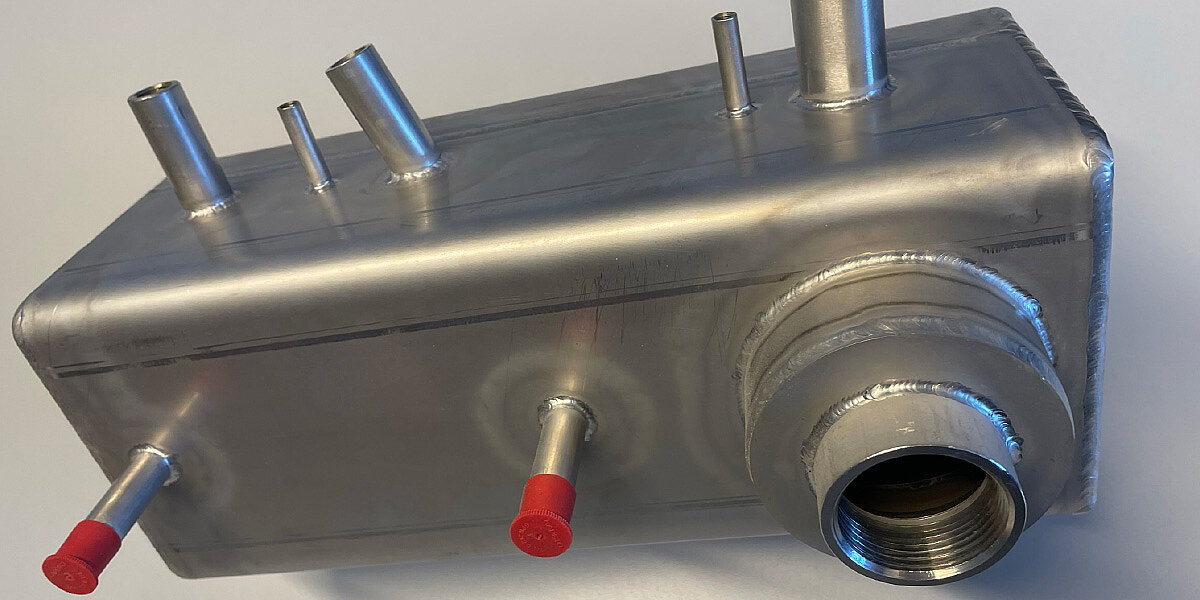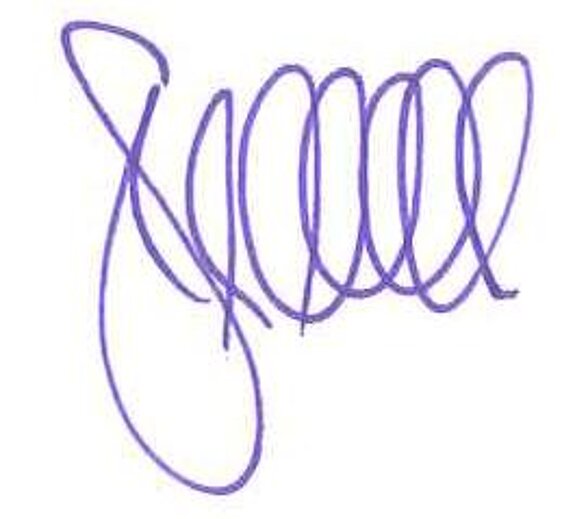#5 Common design mistakes and how to avoid them

At Merkle & Partner we have been dealing with the optimal design or optimisation of pressure vessels for a long time and repeatedly. Pressure vessels are closed containers whose pressure inside is above ambient pressure. In contrast to pressurised gas containers and transport containers under traffic law, in which fluids are transported, the operation of pressure vessels is assigned to a specific installation site.
The Pressure Equipment Directive (PED) applies to pressure equipment and assemblies with a maximum permissible pressure of more than 0.5 bar relative to ambient pressure. This includes vessels, piping, equipment with a safety function and pressure-maintaining equipment including elements attached to pressure-bearing parts.
According to the requirements of the respective standards for the design of pressure vessels, the stresses must not exceed certain permissible values.
Let's take a look at the basics. These apply to both transport vessels and stationary pressure equipment.
Which form of pressure vessel is most suitable? Or to put it another way: With which design do I need the least amount of material to safely contain a given volume at a given pressure?
Pressure vessel moulds
The body that has the least weight under internal pressure is the sphere. There used to be an advertisement featuring a spherical tank with the slogan "I am two oil tanks". Large gas tanks, like those found everywhere, are spherical in shape for good reason.
The disadvantage of the spherical shape is that they are more difficult to manufacture. The metal sheets are curved in two directions.
What you often find, therefore, are cylindrical pressure vessels with so-called dished ends at both ends.
However, rectangular vessels are also often found, which are easy to manufacture, but from a strength point of view they technically show the highest stresses and also cause the most problems in practice.
The position of welds
The permissible stress on welds is lower than that of the base material. Therefore, welds should be placed in zones of low stress.
This is not a problem with the sphere, as the same stress prevails everywhere.
In cylindrical pressure vessels, the two bottoms must be welded together by a circumferential weld, or there may be a longitudinal weld if the vessel is a welded pipe.
In the case of rectangular vessels, the welds are located in the area of the butt edges and thus under internal pressure in the zones that have the highest stresses.
Connection pipe
Connections and flanges are available for filling and emptying pressure vessels and are usually welded on.
A connection on a curved surface (e.g. cylinder) is more difficult to cut, but the resulting stresses are lower than when a connection is on a flat surface.
Weight comparison
The boiler formula specifies the required minimum wall thicknesses for spherical and cylindrical tanks. The basic dimensioning is therefore relatively simple.
For a rectangular vessel, the evaluation is no longer quite so simple, as a distinction must be made between membrane stresses and bending stresses, which can best be done using a finite element calculation (FEM-Simulation) .
However, the adjacent stress diagram clearly shows that local stress peaks are present, which are far more pronounced here than on a cylindrical vessel.

For the container shown with a volume of V=3.47 l, the mass is 4.79 kg and, according to standard design, this results in a permissible pressure of 3.35 bar. Truly a proud weight at a very moderate pressure.
It is not without reason that this pressure vessel has imposed itself on Merkle & Partners cabinet of horror of pressure vessels. It clearly shows what can go wrong.
The influence of shape becomes even clearer if you compare undisturbed bodies with each other that have the same pressure (15 bar) and the same volume (0.1 m³).
If we compare the mass of a tank with the same volume and pressure, we see impressive differences.
The table below compares a sphere, a cylindrical tank with hemispherical shells at the ends and a cuboid under an internal pressure of 15 bar. The wall thickness was assumed to be 2 mm for the initial model in each case. The FEM calculation of Merkle & Partner was carried out as a shell model in each case.

The result is astounding: the cube-shaped container weighs 16 times as much as the hollow sphere, while the cylindrical body weighs only about 15% more than the sphere.
Summary
Stresses on pressure vessels depend to a large extent on the basic shape chosen. The supposed advantage of using welded, flat plates results in a considerably higher weight with the same safety.
The reason why pressure vessels usually have cylindrical basic shapes is therefore justified. It is a good compromise in terms of manufacturing and strength.
Why large gas tanks have the shape of a sphere is due to the small construction volume. The sphere is the body that has the largest volume with the smallest surface area.
The calculation of pressure vessels with flat walls is hardly possible analytically, which is why fundamental dimensioning errors occur most frequently here. The evaluation of finite element models (FEM) is also not trivial here, since within the stress categorisation a distinction must be made between membrane stresses, bending stresses and local stresses according to the standard.
The concentration of stresses in the welds at the edges also increases the risk of premature failure of the vessel.
Don't wait until damage occurs at your customers, but use our many years of know-how at Merkle & Partner for the standard-compliant design of pressure vessels according to AD2000, DIN EN 13445 and ASME.
The earlier we evaluate a design, the easier it is to avoid mistakes and not waste material.
Yours Stefan Merkle

PS: I know you should be able to read legends, but unfortunately the pictures no longer fit into a table and I was too lazy to delete the legends. After all, it's coming up to Whitsun.
But the essential information is in the table.